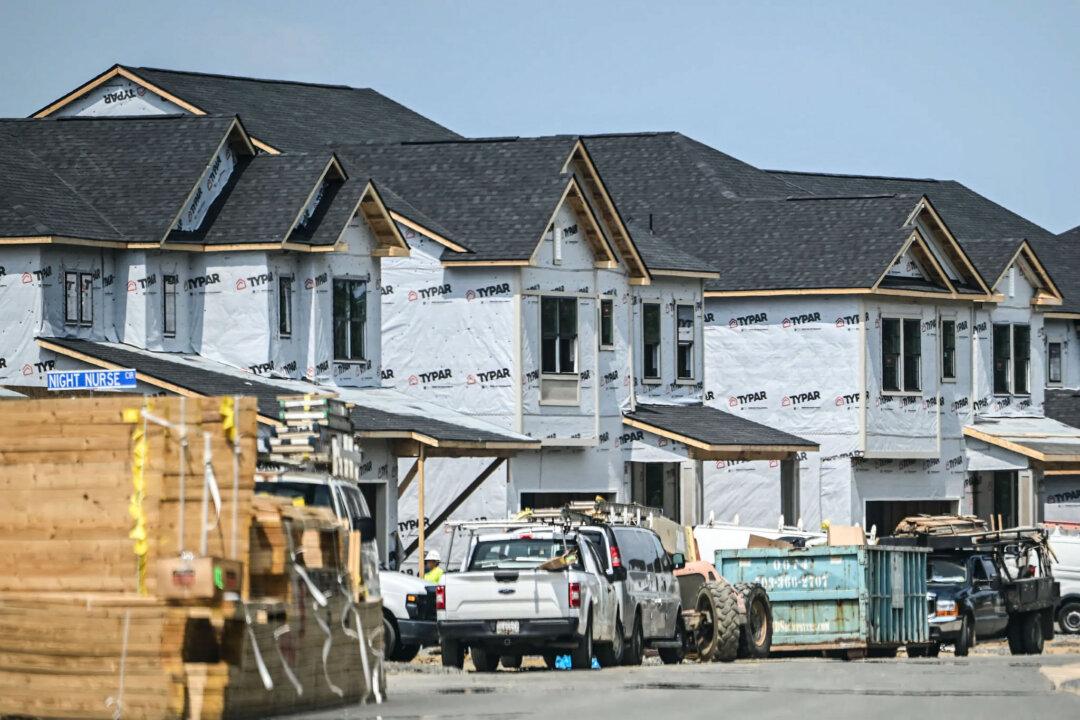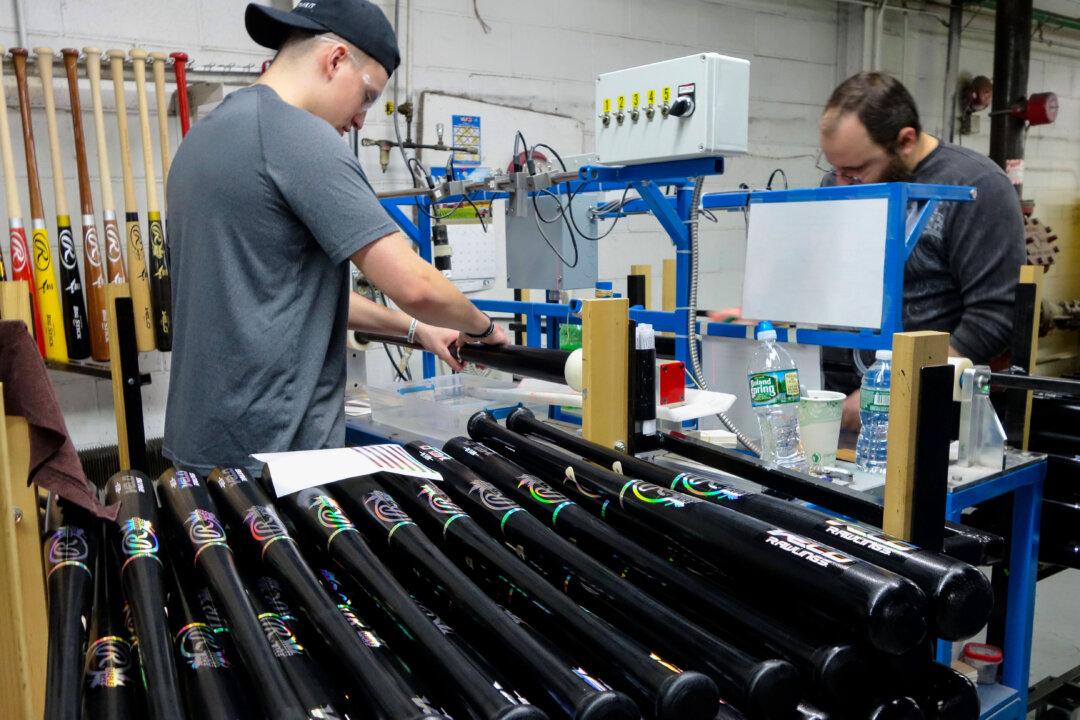The nation’s builders are being increasingly burdened by a lack of skilled construction workers and specialty trade contractors such as plumbers, welders, electricians, and HVAC technicians.
As the United States continues to need more affordable housing, which will reach a deficit of 1.5 million homes in the second part of this decade, according to data used by the Home Builders Institute, the rush is on to find skilled tradespeople to help meet the nation’s construction needs. But answers to the skilled worker deficit are hard to find.





